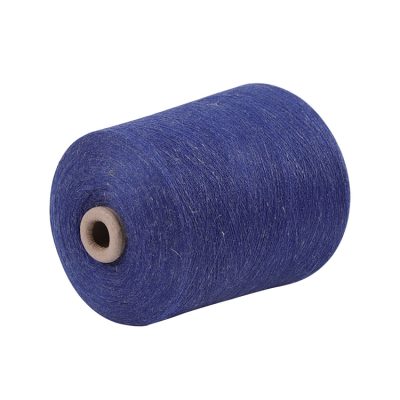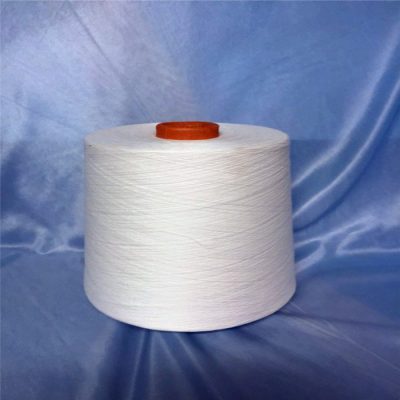“Polyester fabrics are easy to pilling, and cotton clothes tend to be deformed. So what kind of fiber has both the excellent characteristics of cotton and the excellent characteristics of polyester, which makes up for the shortcomings?”
“That’s super imitation cotton”
The main body of “super-imitation cotton” is polyester, and the polyester content is greater than 85%. It is a differentiated functional polyester fiber, including filament-like cotton and staple fiber-like cotton. More vividly, super-imitation cotton products look like cotton ( Visual), feels like cotton (touch), wears like cotton (affinity), and is more convenient to use than cotton (washable and wearable). It has the excellent characteristics of cotton-like and cotton-like, which is better than cotton. Sex spinning, spinning, weaving, dyeing and finishing technology is the product of the integration and integration of many technologies.
Imitate the characteristics of cotton fiber
① Imitate hairy feeling and bulkiness
Polyester filaments have high bundling and smooth surface. To make the surface feel like cotton, the structure of the fiber must be changed. At present, there are mainly the following ways to improve the hairiness and bulkiness of polyester: using the air network form to blow the filaments apart and entangle them to form an irregular structure, and use different raw materials to combine to form a three-dimensional crimped and bulky shape.
Observed from the hair feel, the air network deformed cotton-like yarn has uneven fineness, and the difference in wool feeling is large. The cotton-like yarn with different combinations of raw materials has uniform fineness, and the wool feeling can only be outstanding when finishing, and generally does not affect the subsequent process. Production.
②Imitate the moisture absorption of cotton fiber
The current methods for improving the moisture absorption of polyester mainly include: using fine denier or ultrafine denier to increase the specific surface area of the fiber and increase the capillary wicking speed; modifying the fiber section to increase moisture absorption and moisture conduction grooves to speed up the moisture absorption speed; Hydrophilic modification is carried out to increase the hydrophilic group on the fiber to enhance the moisture absorption capacity of the fiber.
③Imitate the luster of cotton fiber
To improve the gloss of polyester and achieve the effect of cotton fiber, diffuse reflection on the surface of the fiber is required to weaken the reflection ability of light. The methods to reduce the gloss include: modify the surface of the fiber to reduce the reflection of light on the surface. Or absorb part of the light to form a soft luster, and use fine denier or ultra-fine denier to improve the diffuse reflection ability and make the light soft.
Make up for the defects of cotton fiber
The characteristics of polyester used make up for the shortcomings of cotton fabrics. For example, polyester has good weather resistance, such as light resistance, heat resistance, and mildew resistance, which can make up for the lack of durability of cotton fabrics; polyester has a large initial modulus, is stiff, and is not easily deformed. It has good shape retention and can make up for it. Cotton fabrics are easy to wrinkle, deform, and are not wear-resistant.
























